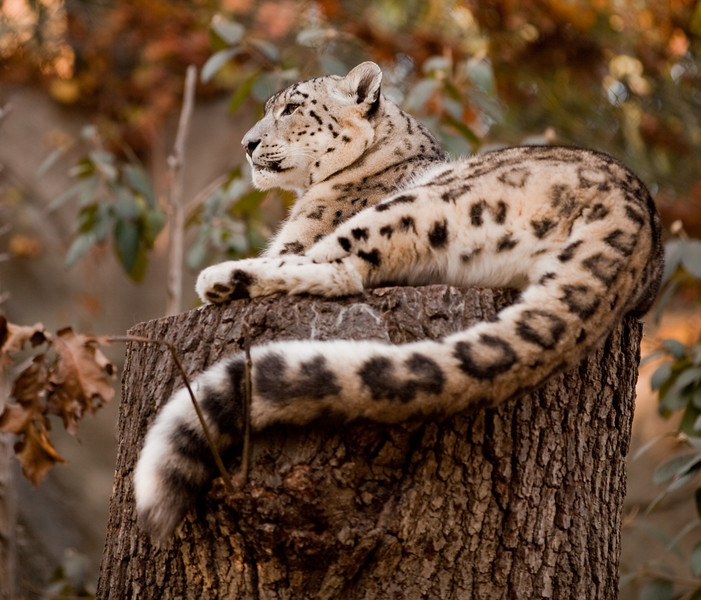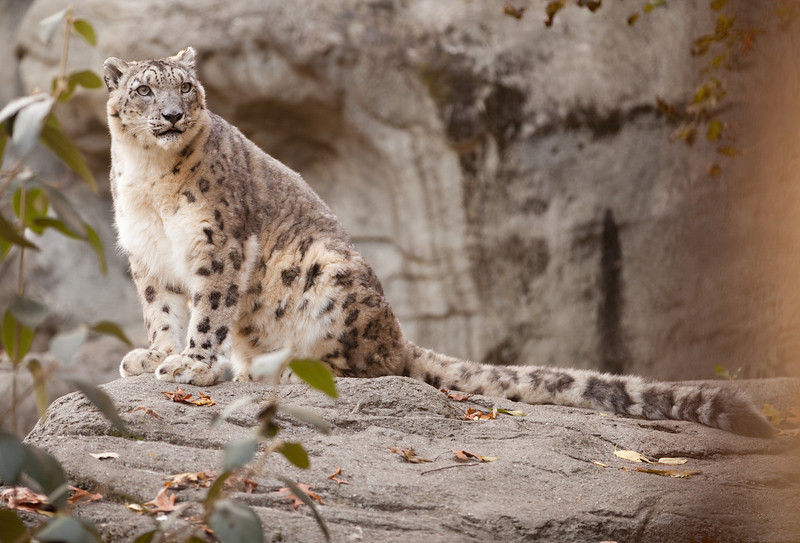The Lions of Jasper Ridge (California)
This article appears in the latest Stanford Magazine and describes mountain lions (pumas) in Jasper Ridge, an 1189 acre biological preserve 5 miles west of the Stanford campus.
The article describes how camera traps in "undisturbed" areas have captured 15,000 photos of animals ... coyotes, bobcats, humans but no lions ... but newer technology cameras placed on trails and paths have captured an abundance of photos of a pride consisting of one male, one female and several cubs.
A study determines that the lions are present in the preserve 24% of the time with peak activity between sunset and sunrise.
Here's that link:
http://alumni.stanford.edu/get/page/magazine/article/?article_id=45332
It raises some biological/philosophical questions, which are equally relevant to mountain lions in New England, in my mind:
1. The success in capturing photos along paths and trails reinforces a lot of experience and contradicts the politically correct notion that roadless and wilderness areas are essential to recovery of large mammals where they've been previously extirpated. No matter how you feel about that, it does beg the question of safety when said large mammals are as high or higher than humans on the food chain!
Highways, powerline easments and the like are new migration routes of large animals of all sorts ... often offering a path of less resistence than the traditional routes associated with rivers, and, perhaps more important, a source of prey.
2. The risk assessment/management described in the article points out that "California state records confirm 15 mountain lion attacks and six fatalities since 1890 ... yet hundreds of lions have been killed, legally and illegally, during that period." That statement reflects a certain bias by the author. The article describes some safety protocols.
I suppose we all must evaluate how many lions a human life is worth. As much as I love cats I do not believe there is an equal standing yet I also feel that this unequal standing is accompanied by a responsibility for the "lesser" species. One thing that is clear is that a healthy prey population, in this case deer, must be monitored and maintained lest a more attractive target becomes children, pets, joggers, bikers and hikers!
Meanwhile, congratulations to Fred for this long-lived and read thread!
... and here's a song
http://www.youtube.com/watch?v=pvivVVYFsiQ to accompany your contemplation of the big cat.


